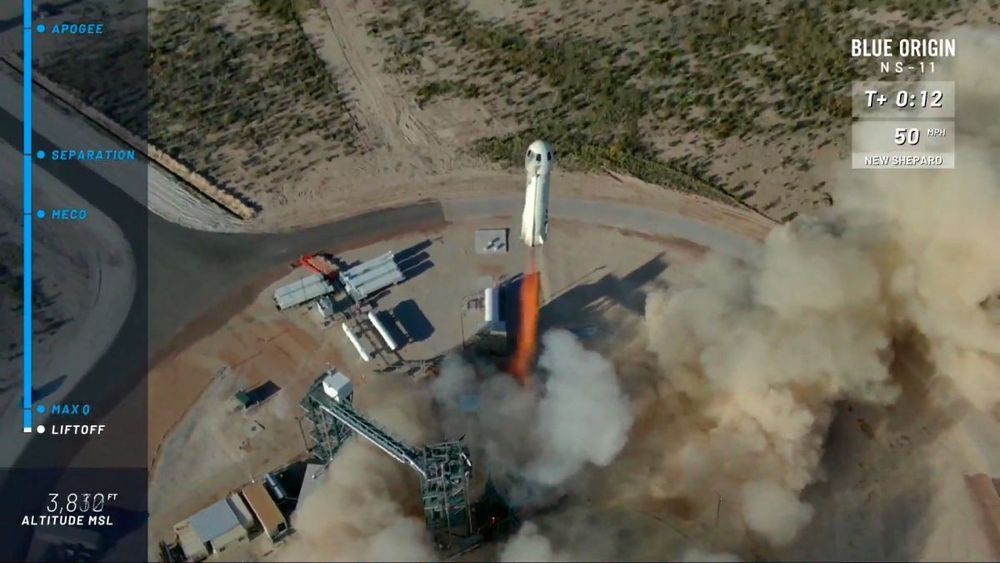In our final episode of Crash Course Engineering we are going to take all the tools and ideas we’ve discussed throughout this series and try to imagine where we’re headed. We’re going to explore some of the biggest problems that today’s engineers are trying to solve and make some guesses about what the future of the field might look like.
Crash Course Engineering is produced in association with PBS Digital Studios: https://www.youtube.com/playlist?list=PL1mtdjDVOoOqJzeaJAV15Tq0tZ1vKj7ZV
RESOURCES:
http://www.engineeringchallenges.org/
https://www.wired.com/2016/03/inside-cunning-unprecedented-h…ower-grid/
https://www.ncbi.nlm.nih.gov/pmc/articles/PMC3866520/
***






